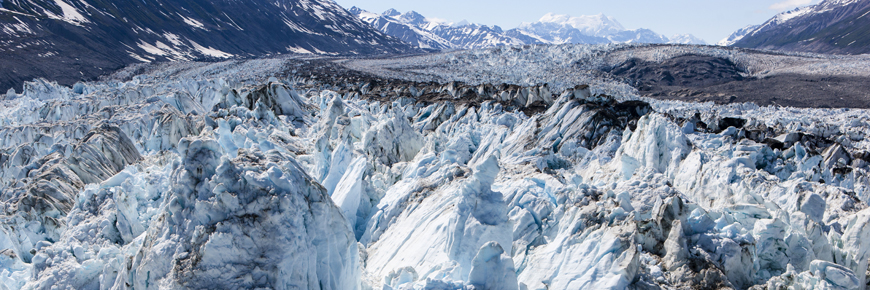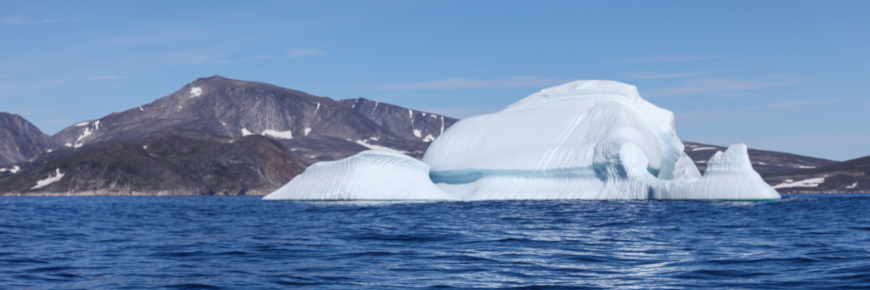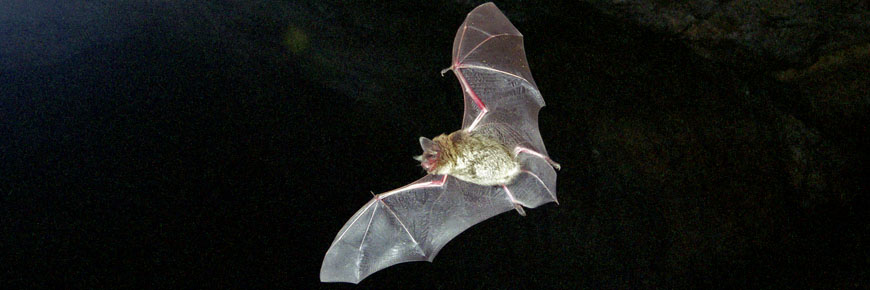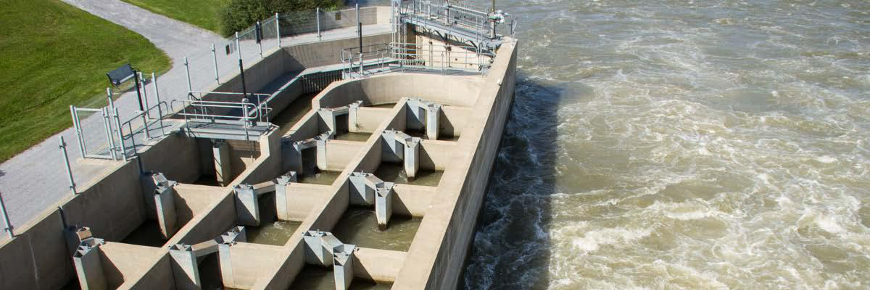Kids’ wildest questions about the wild (part two)
Here are more kids’ questions about nature that touch on everything from bats to fish ladders to climate change. And if you missed the first part of this series…
1. How fast do glaciers move?

Glaciers flow like rivers, but their pace is… well, glacial. The average flow rate is under a metre per day. Many, like the Athabasca Glacier, creep along at just a few centimetres a day.
The sprinters of the glacier family are surging glaciers, which can go as fast as 60 metres a day during their surge period.
2. And what if all the glaciers melt? Will the world be underwater?

If all the ice in the world’s glaciers were to melt, scientists estimate that sea levels would rise by about 80 meters. The whole world would not be underwater, but every coastal city would be flooded.
We’re not at that point yet, but glaciers are indeed shrinking and sea levels rising as the world warms. What can we do? Here are eight things you should know about natural solutions to climate change.
3. Are bats really blind?

Most bats are able to see as well as people do. They also use echolocation to navigate and find food. In echolocation, a bat makes clicking sounds and uses the echoes to create a soundscape in its head.
And by the way, if a bat swoops down, it’s looking for insects—not for a head of hair to get tangled in. (Another misconception about bats.)
4. Are humans the only animals that use “name tags”?

“Hello, my name is…” A purely human invention, right?
Maybe not.
Beluga whales communicate using a wide repertoire of whistles, clicks and squeals, which is why they are sometimes called “sea canaries." Researchers Valeria Vergara and Marie-Ana Mikus from the Ocean Wise Conservation Association have found evidence that some of these sounds are “vocal signatures.” These signature calls enable whales to identify themselves to other whales.
The researchers are not sure yet if these calls are unique to individuals, or if they are shared among closely related whales (such as mother and calf).
Either way, their research underlines why underwater sound pollution—the noise of boat traffic—is such a threat for whales.
Find out how Parks Canada is managing ships and whales in the St. Lawrence Estuary
5. Can a fish climb a ladder?

Absolutely… if it’s the right kind of ladder.
The Vianney-Legendre fishway at Saint-Ours Canal National Historic Site is constructed like a ladder—in a series of pools built like steps. It allows fish to bypass the nearby St. Ours dam and reach their breeding grounds.
Now Parks Canada is working to improve the fishway so that fish such as the endangered copper redhorse can climb their way to recovery.
- Date modified :